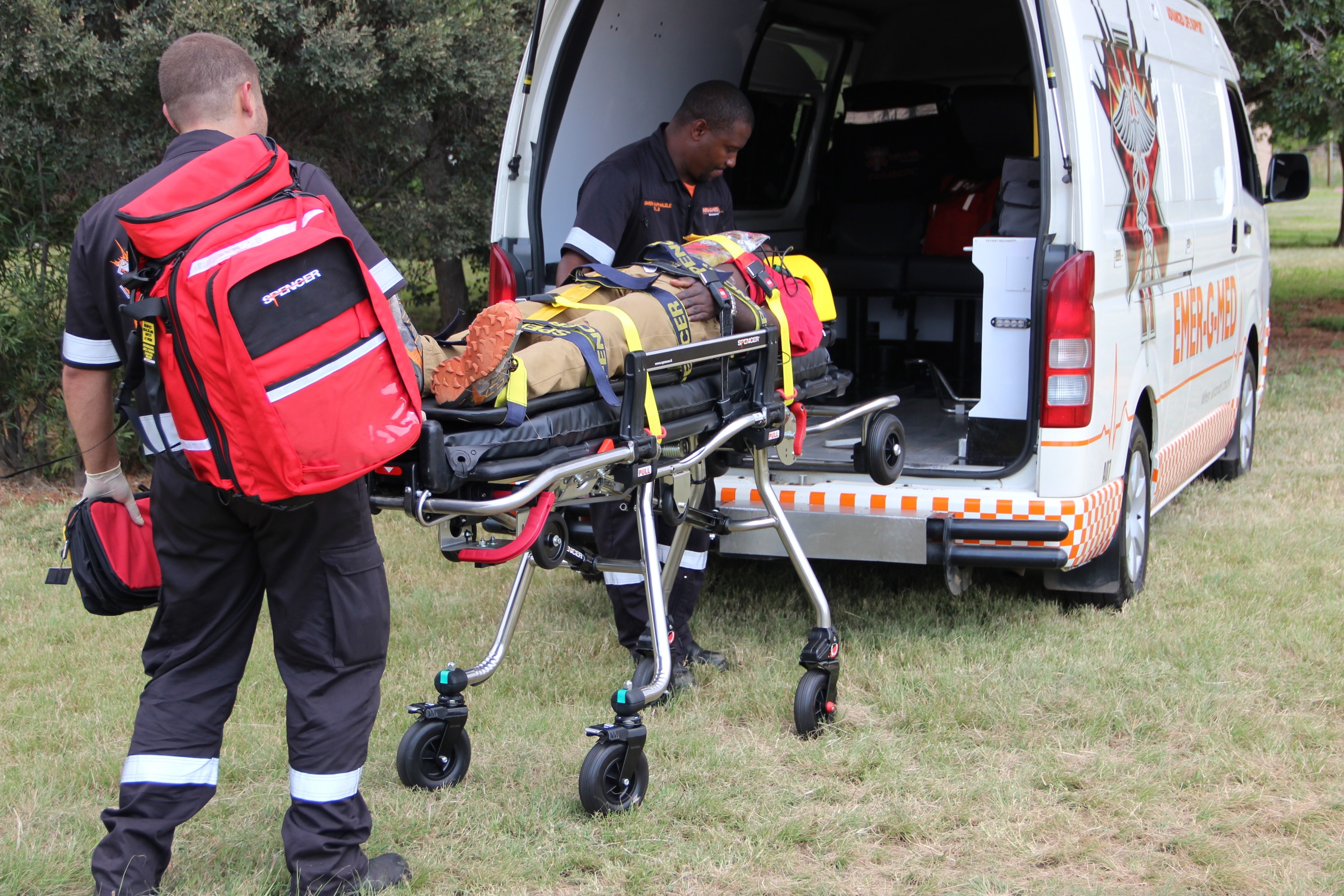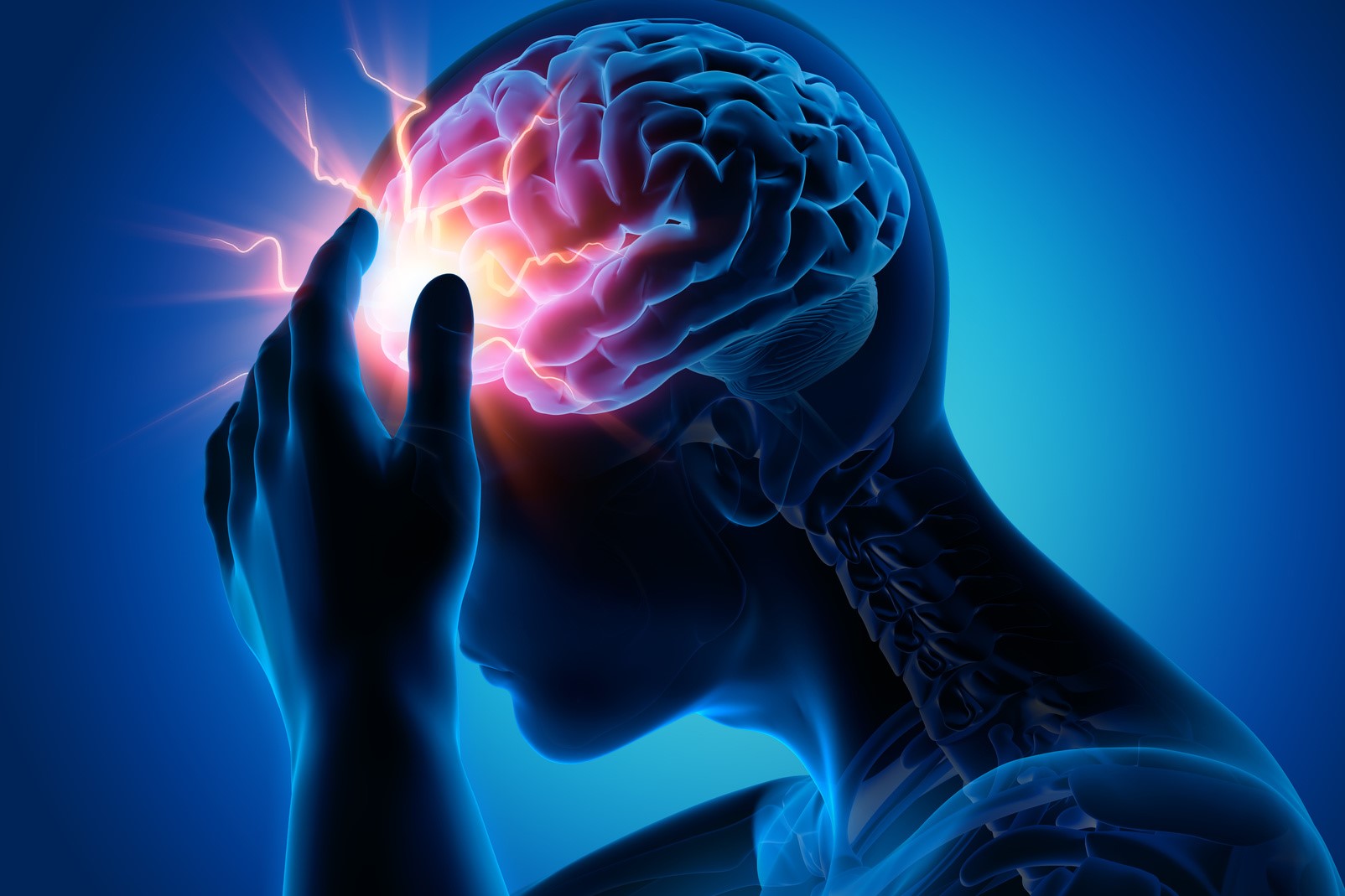
What is meant by trauma and how do we act as normal citizens? Some information on what to do and what not to do
You may come across a person, known or unknown, who has suffered a trauma. A situation that sometimes requires intervention, which must be as little clumsy as possible: awareness is essential
If you come across a person with trauma, what should you do?
Well, first of all, if the condition appears serious and you are not alone, one of the people present should call emergency numer: the operator is trained and will be able to give very precise indications, as well as activating, if necessary, an ambulance crew.
The head is undoubtedly one of the most vital parts of our body, but fortunately it is formed to be quite resilient.
The head one of the most trauma-prone parts of the body
A head injury can be defined in several ways.
The force required to penetrate the skull must be considerable, but such an injury cannot be taken lightly.
To be specific, a head injury can be divided into two entities: closed injury and penetrating injury.
In the first case, we refer to an injury that may affect the outside of the head and also the skull (creating a fracture).
In the second case, we are talking about an injury that extends to the dura mater – the outermost part of the brain – and therefore concerns a penetration, such as a foreign object that may still be present at the time of the accident.
These injuries can be classified as mild, moderate or severe
To take a good example, a severe closed wound may indicate a high level of haemorrhage through several surface wounds, which also requires urgent medical attention.
Obviously, a head injury can be caused in a number of ways, such as a fall or a violent act (a blow from a blunt object)
Some scenarios are very common for head injuries, such as traffic accidents.
Now that we have defined what a head injury is, let us look in detail at what we can do if we notice a victim of such an injury.
Analysis, recognition of the extent of the injury and the condition of the patient.
The first thing to do is obviously to check the depth of the wound and how many are present on the person.
It is vital to identify the presence of foreign objects (e.g. pieces of glass or splinters of various objects) as these will decide how the person will be rescued if the situation requires it.
A good way of identifying the extent and severity of damage is to use the Glasgow Coma Scale (or Glasgow Coma Score)
This scale is for the benefit of rescuers, but it is good to have a rough idea of the key points: you may witness an accident in inaccessible places that are difficult for rescuers to reach, so giving precise directions to the operator is important to save rescuers time.
This system is divided into three phases in which it is necessary to briefly observe how the patient responds to any stimuli.
A certain amount of points must be added to each result.
Trauma assessment, the GCS works like this:
- By observing the opening of the eyes. If this is found to be voluntary, the result is the maximum (4 points). This decreases if there is a verbal or painful stimulus to the minimum if there is no reaction. Observing if there is a verbal response. With the maximum (5 points) if the patient can communicate perfectly with us. The value is reduced if he/she responds in a disconnected way, with incoherent words or incomprehensible verses. The minimum value is on the complete lack of a verbal response.
- Looking at the motor response. The maximum value (6 points) if the patient obeys commands (such as raising a hand when requested). The value decreases if a painful stimulus is requested, with the result depending on the reaction. Obviously the minimum is reached with the absence of any reaction.
Once you have added up the result, you can identify the severity of the injury.
Below 8 points it is serious, from 9 to 13 points it is moderate, above 14 points it is slight or minor.
That said, the GCS system is sometimes challenged for not being sufficiently timely or otherwise a suitable means of in-depth analysis.
So you should bear in mind that it is important to observe symptoms that relate to both the extent of the injury and the patient’s behaviour.
These symptoms can of course help you to understand the extent of the injury.
A person with a head trauma may present:
- Uneven pupils
- Lack of balance
- Weakness or inability to use a body part (arm/leg)
- Uncontrolled vomiting
- Inability to speak properly
- Inability to remain conscious
- Loss of blood or other fluids from nose or ears
- Bluish/blackish discolouration near the ears or under the eyes
- Epileptic seizures
Of course, these symptoms can also occur in the case of a closed head injury.
Always remember that even closed injuries can be serious, and therefore potentially fatal if not treated in time.
Treatment of trauma patients and their symptoms
Having said that head injury, other types of trauma are also common, and sometimes just as serious.
First of all, once you have ascertained in one way or another the extent of the patient’s injury, it is very important to keep the patient still.
Unless it is of particular urgency (for which you must in any case immobilise the area as best you can) head trauma can have even more extensive damage, such as to the neck, which if moved can result in the death of the patient.
It is therefore important to keep the person lying down, with the shoulders slightly raised.
Even if the person was wearing a helmet or protection of any kind at the time of the accident, it should still not be removed.
If the person is bleeding profusely, do everything possible to stop the blood flowing.
You can also ask the patient to do this if he/she is conscious and able to understand the situation.
But be careful: if you suspect that a fracture is present, never apply direct pressure to the wound.
It is possible to stop the escape of blood with gauze or a clean cloth.
The important thing is to dab it on with enough force to stop the bleeding.
If the person is unconscious, not breathing and has no pulse, immediately begin to apply cardiac massage to bring the patient back to life.
Once you are sure of the patient’s condition and have given treatment where necessary, if the patient is conscious ask for some basic information, the nearest family members to contact in the event of a crash, and arrange to call 118 describing the patient’s general condition to the operator.
If the patient has difficulty breathing or remaining conscious, describe the situation as a matter of urgency.
For this type of injury, like a normal citizen, it is your duty to apply these brief but substantial first treatments to the patient.
A specialised doctor can then take care of the rest, as they have all the knowledge (and tools) needed to treat such a complicated injury.
Read Also:
10 Steps To Perform A Correct Spinal Immobilization Of A Trauma Patient
Blood Transfusion In Trauma Scenes: How It Works In Ireland
Source:
https://it.wikipedia.org/wiki/Trauma_cranico
https://www.mayoclinic.org/first-aid/first-aid-head-trauma/basics/art-20056626



